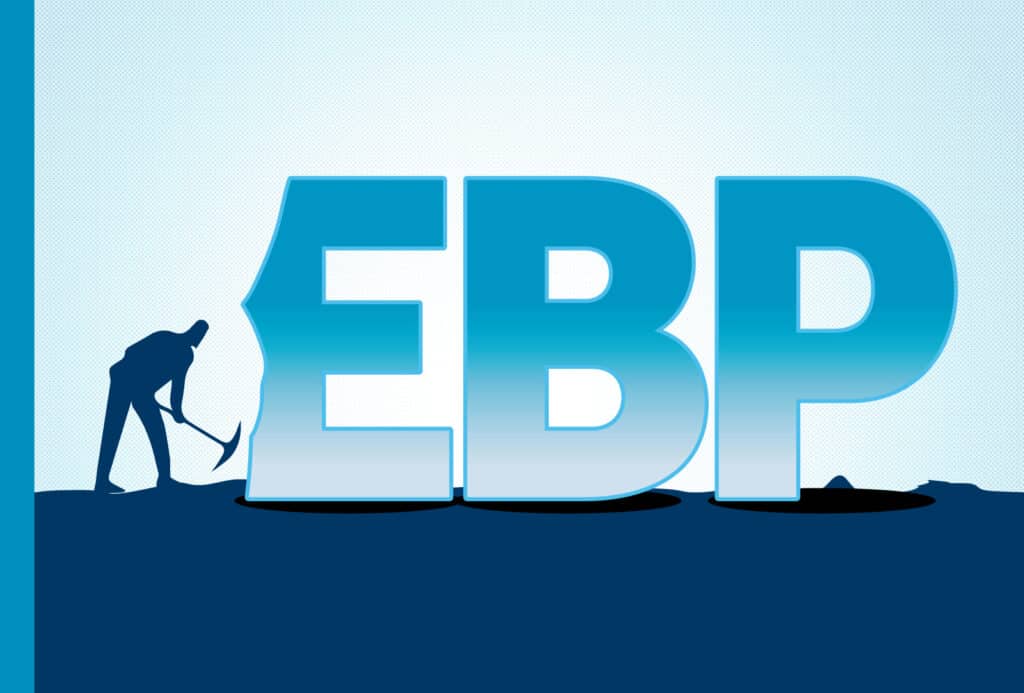In our field, the letters EBP are used far more than the words they represent: evidence-based practice. These letters have become synonymous with anything involving data, no matter how loosely we’re defining “data” or how (whether?) it’s being used effectively.
Let’s dig into EBP. What does it really mean, and how do you know if you’re doing it?
What is evidence-based practice?
We like how the National Institute of Corrections (NIC) defines it: “Evidence-based practice (EBP) is the objective, balanced, and responsible use of current research and the best available data to guide policy and practice decisions, such that outcomes for consumers are improved.”
Let’s break that down:
- Objective, balanced, responsible – When we’re engaging in EBP, we’re making every effort to keep biases and assumptions in check.
- Current research and best available data – We’re relying on empirical research, not anecdotal experience or reverting back to doing what “we’ve always done.
- Guide policy and practice decisions – We’re directly applying the data to our decision-making to inform and support our policy and practices, however we still acknowledge that professional judgement plays a role in how to best use the research.
- Outcomes for consumers are improved – We’re seeing measurable progress in areas that matter to our community.
How can I tell if my team is doing it right?
As noted above, it’s becoming far too easy for justice professionals to collect data in any form and claim they’re using EBP. In many cases, they’re simply not. Once again, we turn to the NIC for guidance:
“In contrast to the terms ‘best practices’ and ‘what works,’ evidence-based practice implies that 1) there is a definable outcome(s); 2) it is measurable; and 3) it is defined according to practical realities (recidivism, victim satisfaction, etc.).”
Time for a closer look:
- There is a definable outcome – When we’re engaging in EBP, we’re taking an outcomes-focused approach, and we know from the outset what we’re trying to achieve. Some examples of definable outcomes would include reduced recidivism, increased public safety, returning to court, and skill development and strengthening for justice-involved individuals, to name just a few.
- It is measurable – The outcomes we’re working toward can be measured, and at any given time, we’ll know how we’re doing. For many agencies, this starts with defining recidivism, and the metrics required to measure the relevant data because until you set some parameters on what you’re trying to achieve, you won’t be able to measure it.
- It is defined according to practical realities – We’re trying to effect real change on real outcomes that affect our communities and can be accomplished with the justice-involved individuals directly.
If your work is meeting the definition of EBP above, and you’re working toward a definable outcome that’s measurable and practical, then you probably are effectively using EBP.
If you’re not using EBP, or you’re using parts of the process but not others, we can help. Typically, the biggest barriers to using EBP effectively are collecting quality data and knowing how to use it, and we can help with both.
Contact us today to dig into your EBP and start using it effectively to drive positive outcomes for your community.
Source: NIC Evidence-Based Practices (EBP)






